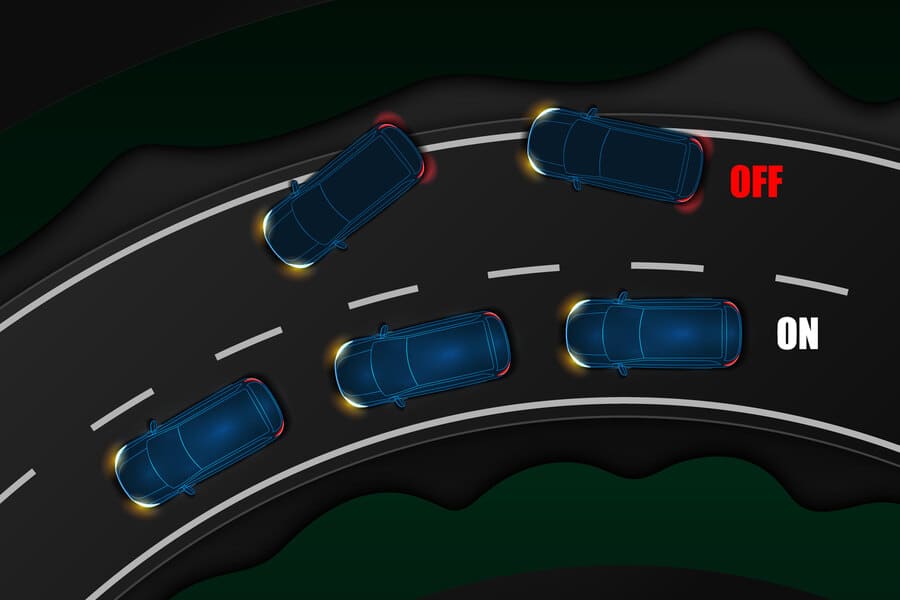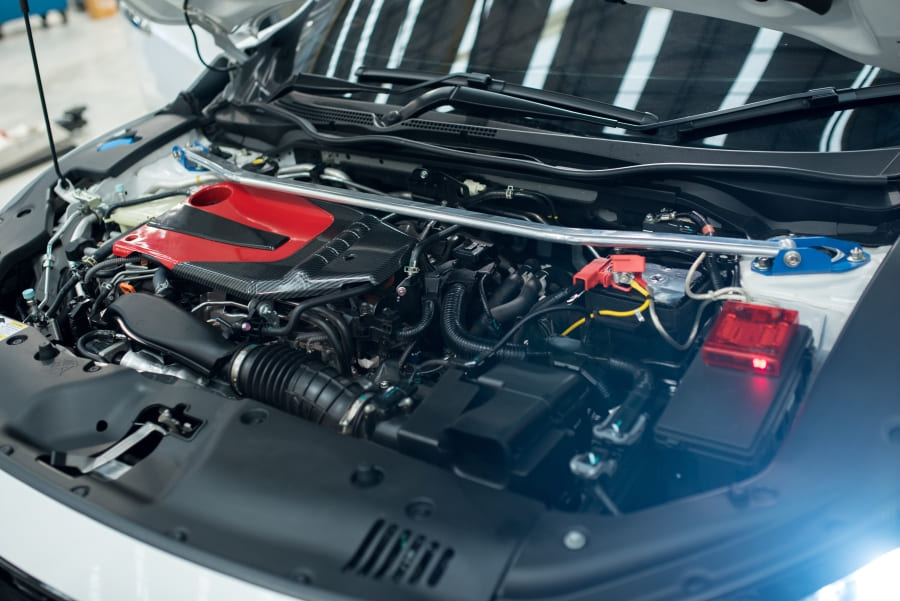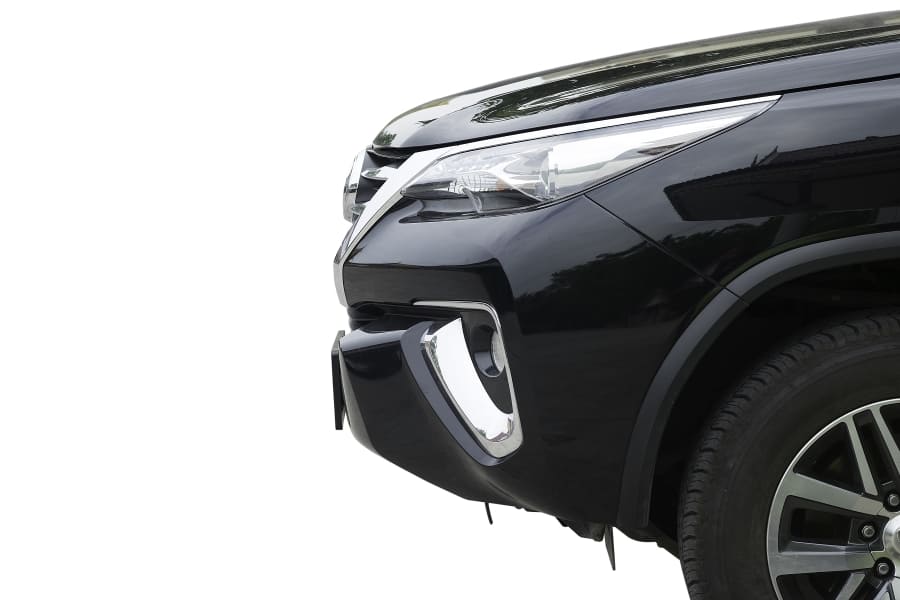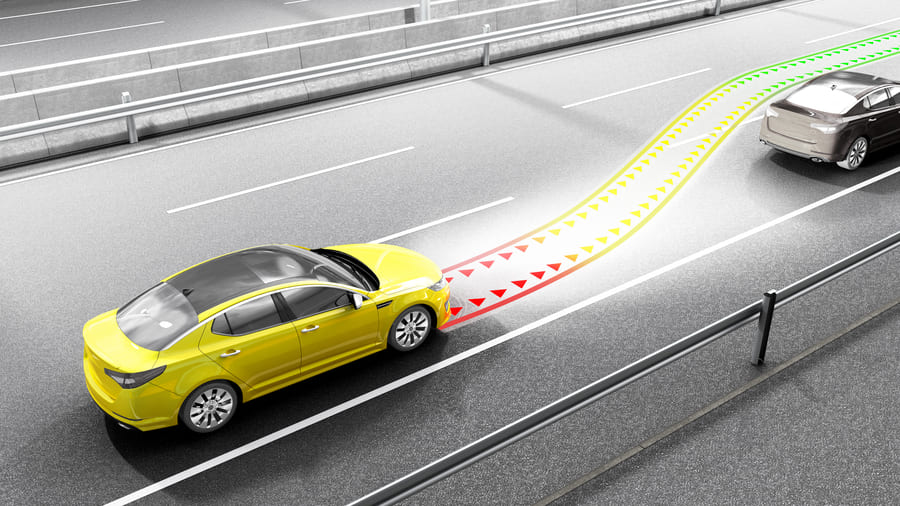
VDC (Vehicle Dynamic Control) is a stability control system, which has been installed on Alfa Romeo, Subaru, Fiat, Nissan, and Infiniti cars. It optimises the operation of anti-lock braking, traction control, and other systems designed to prevent skidding and to stabilize the vehicle’s movement.
How VDC functions
Parameters of the intended and actual path of the vehicle are compared. If the latter differ from the former, engine torque is limited and individual wheels are slowed down. This helps the car to return to the intended direction and regain grip on the road.
For assessing the driver’s input, VDC analyses:The actual vehicle’s path is assessed using readings from the wheel speed, yaw rate, and lateral and longitudinal acceleration sensors.
The ABS pump and solenoids are responsible for applying brake force to individual wheels. The position of the throttle is adjusted to limit the engine torque.
Popular cars equipped with VDC
- Infiniti QX80 Z62, QX60
- Subaru Legacy IV, V, Outback III, IV, V, Impreza III, IV, V
- Alfa Romeo 147 937, 156 932
- Fiat Doblo Cargo 263, 500X 334, 500L 351, 352
- Nissan Armada Y62, Qashqai II



















Comment